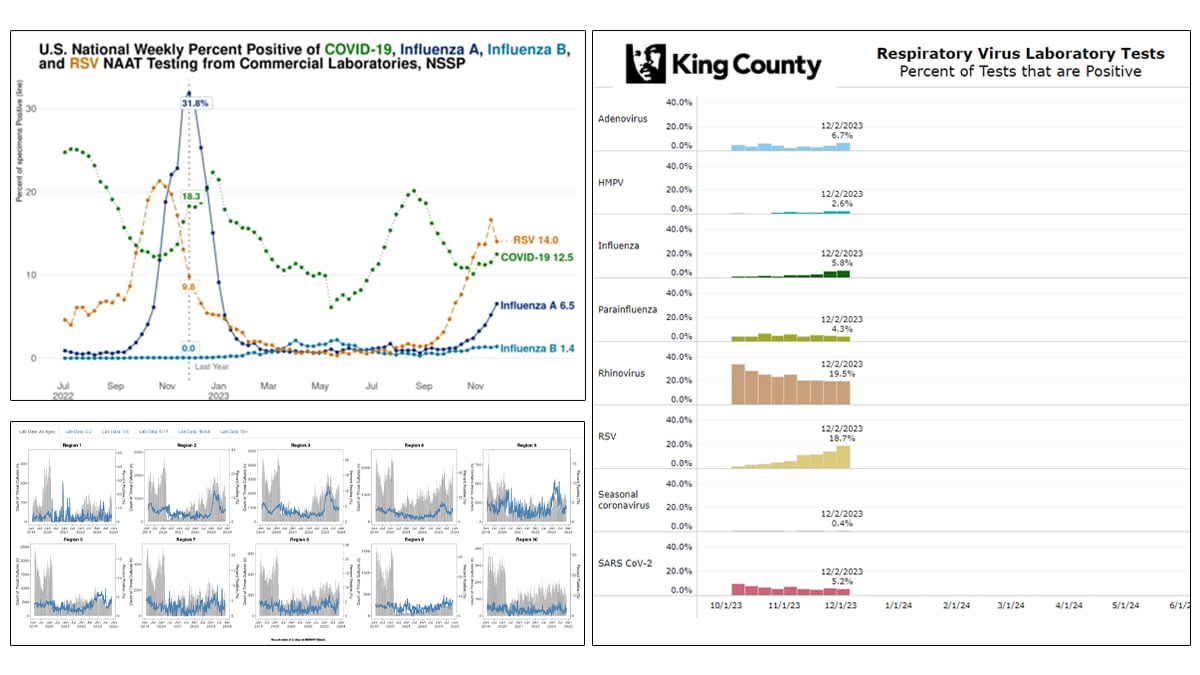At a glance
A 2023 PHDS milestone focused on receiving and ensuring access to commercial laboratory data from at least two major national commercial laboratories. These data would give CDC, other federal agencies and state, tribal, local and territorial (STLT) public health departments increased situational awareness across jurisdictions and conditions.

Why the effort matters
Strengthening exchange and improving availability of case, laboratory, emergency department and vital statistics data is a primary public health data goal.
A milestone in the 2023 Public Health Data Strategy focused on receiving and ensuring access to commercial laboratory data from at least two major national commercial laboratories. These data would cross jurisdictions and conditions providing greater situational awareness for state, tribal, local, territorial and federal public health partners.
Milestone achieved, CDC used these data to provide visualizations, giving a picture of disease incidence and trends across the nation.
Key outcomes
Laboratory data representing more than 300 million Americans became available.
The data included information on antibiotic threat resistance, drug tests and more than 100 conditions. CDC was able to create and share visualizations within a day after receiving these data through the National Syndromic Surveillance Program.
What partners are saying
“Following reports of a sharp increase in Mycoplasma pneumoniae infections in China, CDC was asked to rapidly assess [its] spread in the United States. CDC’s Division of Bacterial Disease was able to leverage existing, passively collected, near real-time laboratory testing data provided by the National Syndromic Surveillance Program (NSSP) to develop a situational awareness report illustrating that while the number of positive M. pneumoniae tests had increased recently, they remain low and stable. The NSSP … data were critical to this response and continue to provide actionable data to date.”
– CDC National Center for Immunization and Respiratory Diseases, Division of Bacterial Disease program staff
